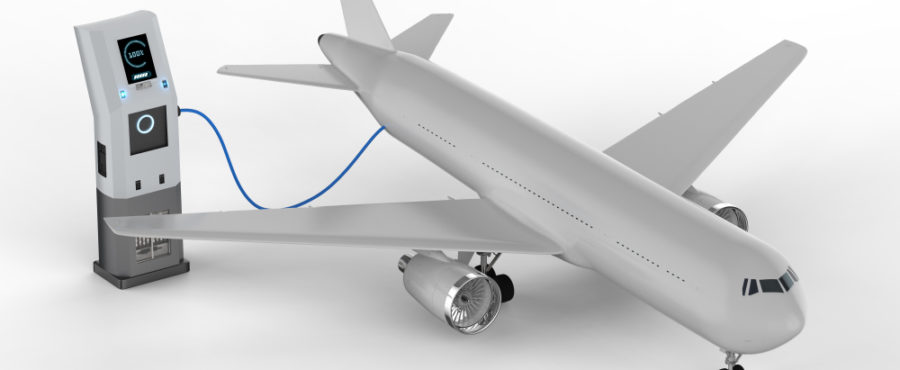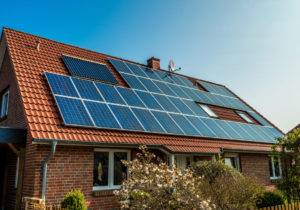
Very few people today doubt that electrification of road transportation is just a matter of time and the major impairments blocking the development are the batteries’ capacity and prices. Is aviation going the same path? We are starting to notice the first harbingers of getting transportation airborne.
A country regarded as the most developed in the electromobility sector in the world, Norway, has recently announced that by 2040 all domestic flights of less than 1.5 hours will have been operated by electrical airplanes. Norway seems the best country to achieve this goal as its towns and cities are located fairly close to each other but are separated by fiords and mountains. A short flight is a good alternative to troublesome travel by land or sea. A machine for such flights does not require a long range and, which is common knowledge, this is the range that is the Achilles heel of electrical, battery-powered vehicles. The right technologies seem to exist but implementing and popularising them still remains a challenge.
Participants of the race for becoming the pioneer of electric aviation include traditional aviation tycoons – Airbus, Boeing and Rolls-Royce. However, some new players and start-ups are joining the fight for this market segment.
Electric aircraft – what for?
Air travel today accounts for 2.5 per cent of world’s total CO2 emission[1], while this might even double within the nearest 20 years[2]. Though scientists are working intensively to reduce emissions but still the main factor to counterbalancing the air transport’s bad influence on the environment is such a distant action as tree planting[3].
Theoretically, an electric engine in an airplane brings similar benefits as in electric cars. This is mainly limiting the emission when travelling and the option to move harmful substance generation to the energy producer, who is able to install various filters and apply strong safety measures.
Electric aircraft challenges
The key factor of aircraft is weight. Too heavy airplanes will simply not fly. Therefore, batteries must not be too heavy and the range of the machine is determined by the density of stored power – the amount of power per unit of weight. Just like in the car industry, traditional aviation fuels run rings around energy content of batteries. One kilogram of a typical aviation fuel provides 43 MJ (megajoules) or 12 thousand Watt-hours (12 kWh), while a typical car lead-acid battery accumulates only 30 Watt-hours per kilogram[4]. Fortunately, this type of batteries is used only for starting up cars’ internal combustion engines. As regards energy density, people have much more sophisticated technologies at their disposal.
A sodium-ion battery may accumulate 650 Wh per kilogram. Magnesium-ion batteries reach densities of even 750 Wh per kilogram. Lithium-air batteries’ density reaches even 2,000 Wh per kilogram. However, they are still prototypes, which require polishing up, both in terms of safety and price. There is also a lot of work to be done to improve efficiency of electric engines and these are the research areas where various start-ups may seek their success opportunities. An example may be Estonian Zubax Robotics, whose solutions reduce electric engines’ power consumption by as much as 10 per cent while preserving other parameters.
[1] http://theconversation.com/its-time-to-wake-up-to-the-devastating-impact-flying-has-on-the-environment-70953
[2] http://www.iata.org/pressroom/pr/Pages/2017-10-24-01.aspx
[3] https://www.bbc.co.uk/news/science-environment-37573434
[4] https://www.sigmaaldrich.com/technical-documents/articles/material-matters/metal-hydrides-nimh-batteries.html




